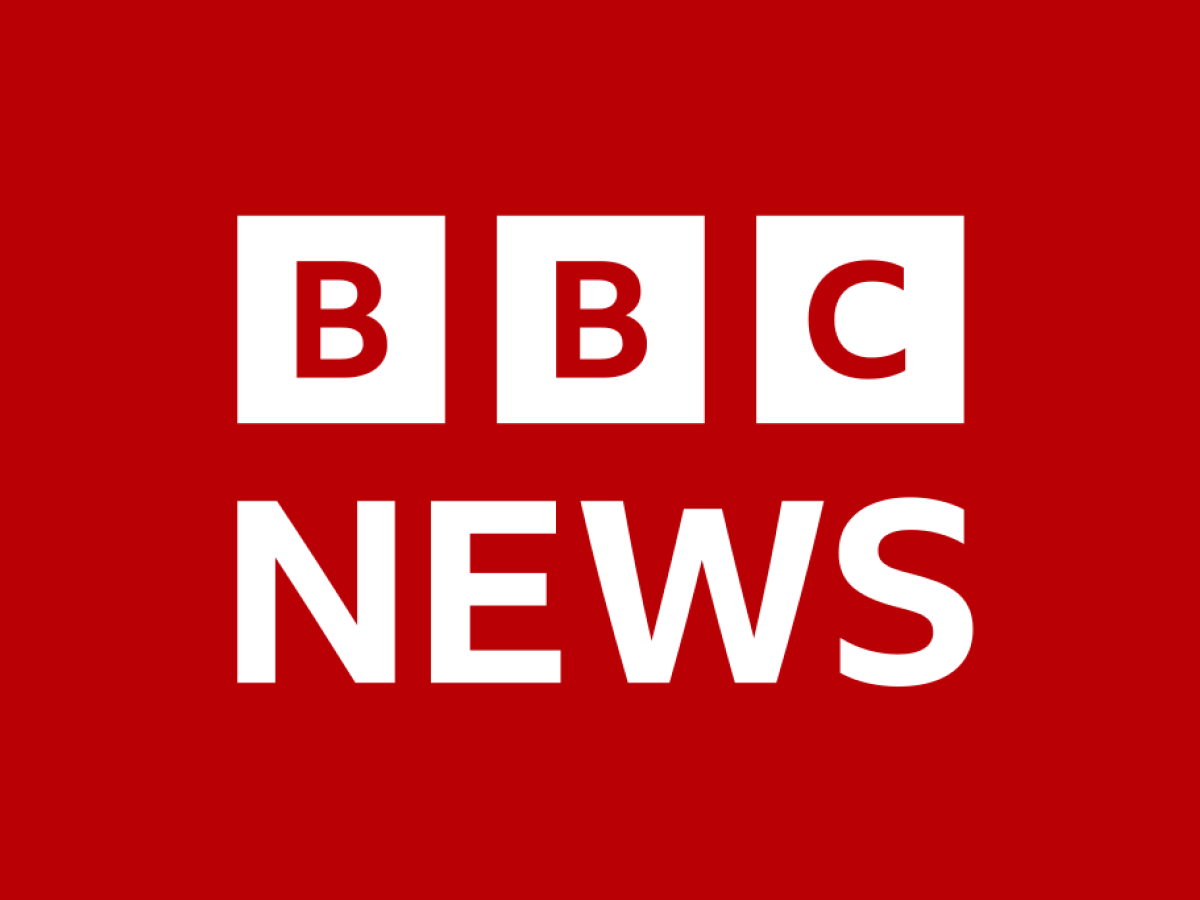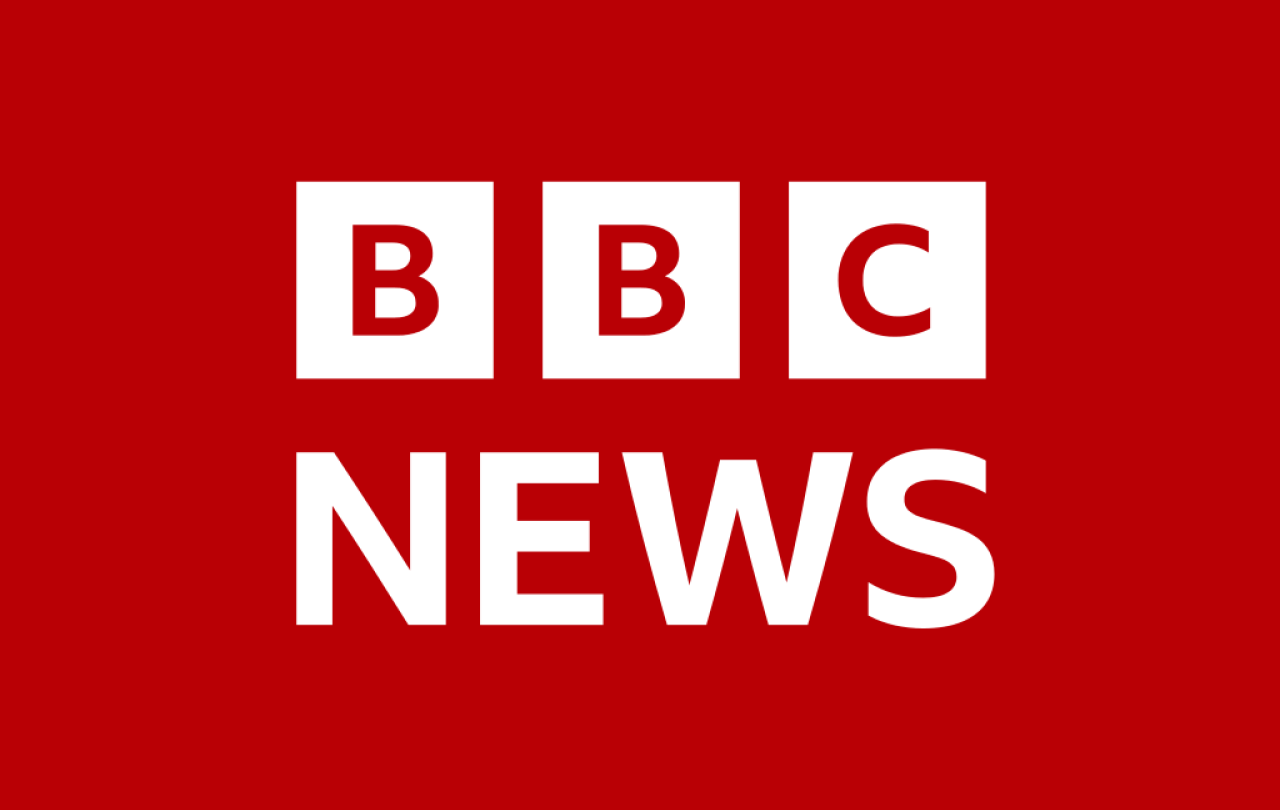I wouldn’t know, being a fairly average but enthusiastic player of many sports - but the life of a top footballer must be one of extremes. There are the physical sacrifices to be made in hours in the gym, honing skills in daily training, pushing your body towards fitness, maintaining the tuning of your body so it peaks just at the right time on match day. On the other hand, there is the boredom of afternoons after training with little to do but play FIFA 23 on the X Box, or finding ways to spend the vast amounts of money that comes to the average Premier League footballer.
But perhaps even more, there is the way the public treats you. You swing between idol or idiot pretty quickly. Take Marcus Rashford. Last season, he could not stop scoring - 30 goals in 56 games for Manchester United & England, including three at the World Cup. Confidence was sky high, he was making the runs and finding the positions that enabled him to rack up the goals. This season, it has all changed. He seems listless, lacking in confidence. At the time of writing he has only scored five goals all season, (Erling Haaland has scored 17, Mo Salah 15). Every move or sign of body language is dissected by pundits or on social media, and he is no longer a sure starter for his club – an unheard of possibility last season. And there was the famous bender that he went on in a night out in Belfast a few weeks ago - a sign that something somewhere is wrong.
We have always tried to turn sports stars into idols. George Best was perhaps the first truly global, fully marketed star with a public image, idolised by both football fans and women (at the time, the two groups were much more distinct than they are today). Until, that is, his spectacular fall from grace. Soon after he reached the pinnacle of winning the European Cup with Manchester United in 1968, the descent began. He went out too much, lost his focus, made bad choices, left United and after various haphazard spells with a slew of clubs across the world including Fulham, Stockport County and the San Jose Earthquakes (yes, even them), he become a professional playboy, unable to control his alcoholism, appearing drunk on TV chat shows, being jailed for drunk driving until his tragic early death aged just 59 in 2005.
None of us are capable of taking on the worship of others, because we will always disappoint in the end.
The ability to do things we ordinary mortals cannot do inevitably leads us to idolise such people. Crowds perform the lowering of outstretched arms in semi-mock worship. Encomiums are written in the media on the extraordinary talent on display. Hopes are invested that this person will lead their club or country to sporting immortality.
Yet at other times, they are vilified as idiots. The David Beckham Netflix documentary series is a salutary reminder of the astonishingly vindictive public treatment he received after getting sent off playing for England in the World Cup Quarter Final against Argentina in 1998. Perhaps now, with our increased awareness of mental health, the reaction would not be so vile, but the treatment of the England players who missed penalties in the Final of the Euros in 2020 warns us against too much complacency.
If you’ve ever met a sports star in the flesh and spent any time talking to them (I’ve met a few) what strikes you is how ordinary they are. They may be shy, awkward, embarrassed - a bit like the rest of us, They may be able to perform physical feats that you can’t do, but I bet there are things you can do that they can’t, and that they wish they could do. Your talents may not be so much in demand and not attract as much financial reward, but just like you, they have their fears, anxieties, weaknesses and quirks. As we learnt from Netflix, David Beckham can’t go to bed without cleaning every surface in the kitchen and having his shirts lined up in colour co-ordinated rows.
Sports stars are neither idols nor idiots. They are people. People who enjoy praise, so that it can go to their heads, but get hurt when they read vile things said about them. None of us are capable of taking on the worship of others, because we will always disappoint in the end. It is why Christian faith is so insistent on the danger of idolatry in all forms – taking something created by God and making it into a god. Theologian James KA Smith warns of the danger for a culture that has given up on God: "it is precisely when your ultimate conviction is that there is no eternal that you are most prone to absolutize the temporal." As St Augustine put it, paganised cultures tend to take created things and turn them into idols, and idols always disappoint, or even worse enslave.
A vital part of Christian wisdom has always been to know our place within the universe – that we are called to the dignity of taking responsibility for, exercising a kind of benign dominion over the rest of creation, looking after it and caring for it on behalf of the Creator. Yet at the same time, we are ‘a little lower than the angels’ and certainly less than God. We are not self-created, free to rise as high as we can, aiming for the stars.
On my regular journey into London some while ago, I used to pass a primary school that promised prospective parents that with the help of their teachers, there was ‘no limit to what your child can achieve’. It’s that kind of empty rhetoric that is so dangerous – it is bound to lead to a sense of disappointment when your beloved offspring doesn’t become a hot-shot lawyer, a brain surgeon, a wealthy banker or a sporting hero, but ends up serving behind a till in Tescos, or nursing the sick in a hospital, even though these jobs are just as valuable and essential for society as the better-paid ones. However gifted we are, there are things we cannot do, and will never do. All of us are frail vessels, with remarkable abilities, whether physical, social or intellectual, with the capacity for extraordinary acts of love and compassion, yet also liable to give into temptation to lie, cheat, or steal, as likely to let down our friends as much as to be loyal to them.
Knowing our place in the world would stop us exalting our sporting heroes too high, or lambasting them as so low – raising them to heaven, or sending them to hell – that was never our job but God’s. It would restore them as not idols or idiots but people – loved sinners if you like – with a high calling and remarkable abilities, yet with moral frailties and feebleness at the same time – just like us.






